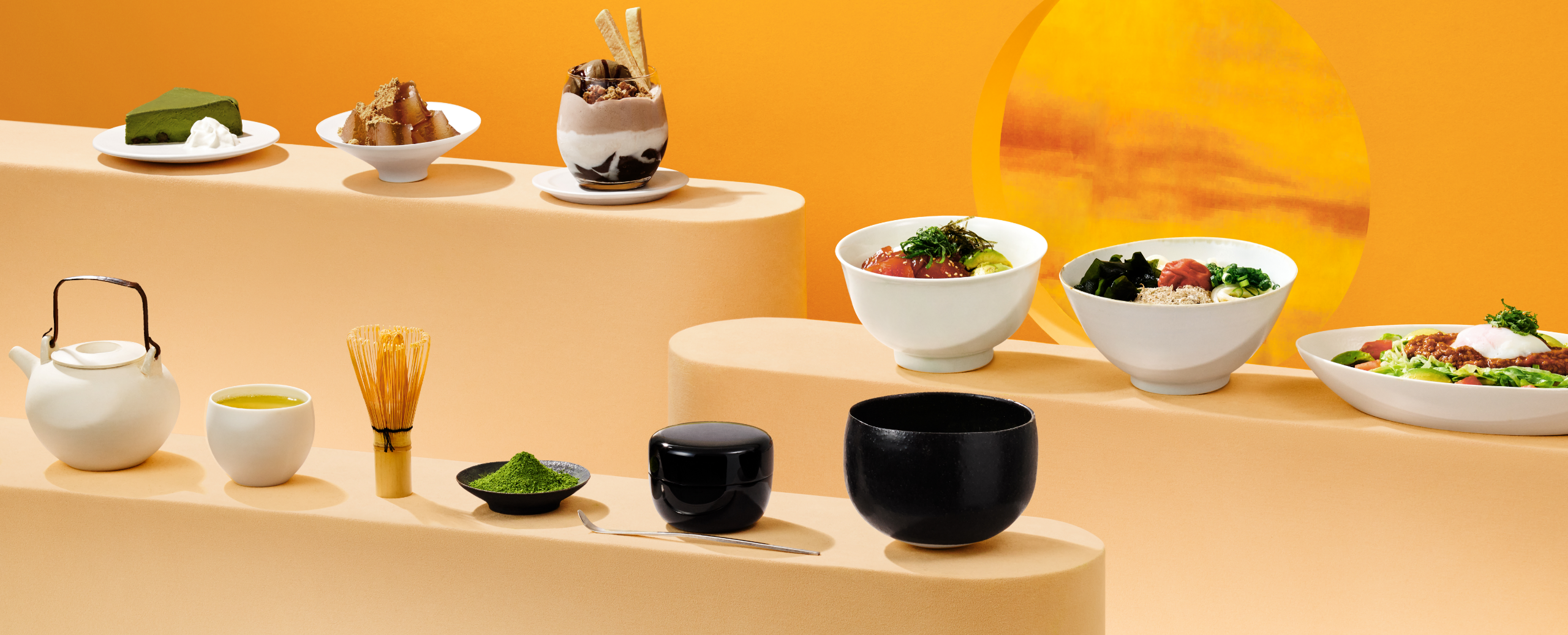
新しい日本のカタチ
A modern take on the culture of Japan
茶の湯の世界では、お客様に喜んでいただけるよう、「茶」のみならず様々なかたちでおもてなしの想いを表現しています。
nana’s green teaでも、商品やインテリア、デザインなど様々なかたちで「お客様の笑顔を大切にしたい」という創業当初からの想いを表現しています。
そして、茶の湯の心や日本の食文化など、世代をこえて日本で親しまれてきた良いものを、 現代の生活の中でより親しみ、楽しめるように「新しい日本のカタチ」として提供しています。
nana’s green teaでも、商品やインテリア、デザインなど様々なかたちで「お客様の笑顔を大切にしたい」という創業当初からの想いを表現しています。
そして、茶の湯の心や日本の食文化など、世代をこえて日本で親しまれてきた良いものを、 現代の生活の中でより親しみ、楽しめるように「新しい日本のカタチ」として提供しています。
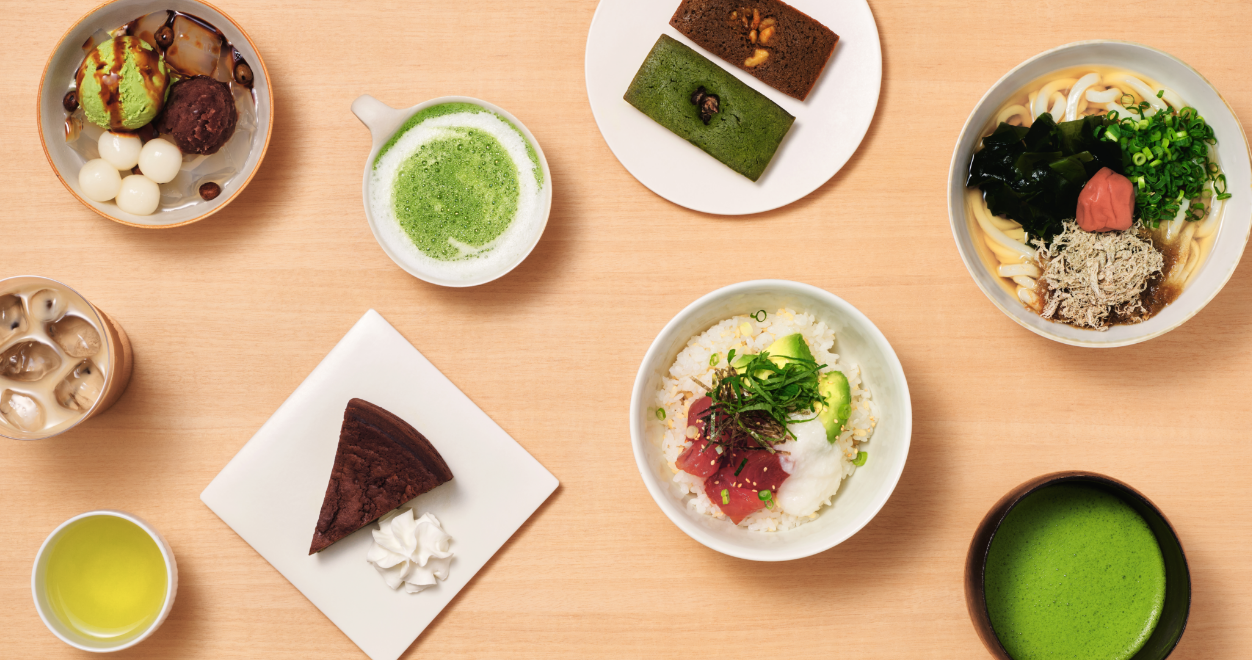
日本の美味しいを集めて
A place for Japanese delicacies
「抹茶」は、江戸時代より受け継がれる技術と磨き抜かれた感性により調合された、オリジナルブレンド。
「お米」は、自然と人とが共に育む国産の有機米。
厳選した日本各地の食材を、ひとつひとつ吟味して使用しています。
※一部店舗においては素材の取り扱いが異なる場合がございます。
厳選した日本各地の食材を、ひとつひとつ吟味して使用しています。
※一部店舗においては素材の取り扱いが異なる場合がございます。

お茶する空間
Enjoy desserts in a teahouse
nana’s green teaのお店は「現代の茶室」です。
古くから、茶室にはお客様をもてなす様々な趣向が凝らされてきました。
そのおもてなしの心を受け継ぎながら、その土地ならではの歴史や文化のエッセンスを取り入れて、「現代の茶室」を表現しています。
そのため、ひとつとして同じデザインの店舗はありません。
オリジナリティと遊びごころあふれる空間をお楽しみください。
古くから、茶室にはお客様をもてなす様々な趣向が凝らされてきました。
そのおもてなしの心を受け継ぎながら、その土地ならではの歴史や文化のエッセンスを取り入れて、「現代の茶室」を表現しています。
そのため、ひとつとして同じデザインの店舗はありません。
オリジナリティと遊びごころあふれる空間をお楽しみください。
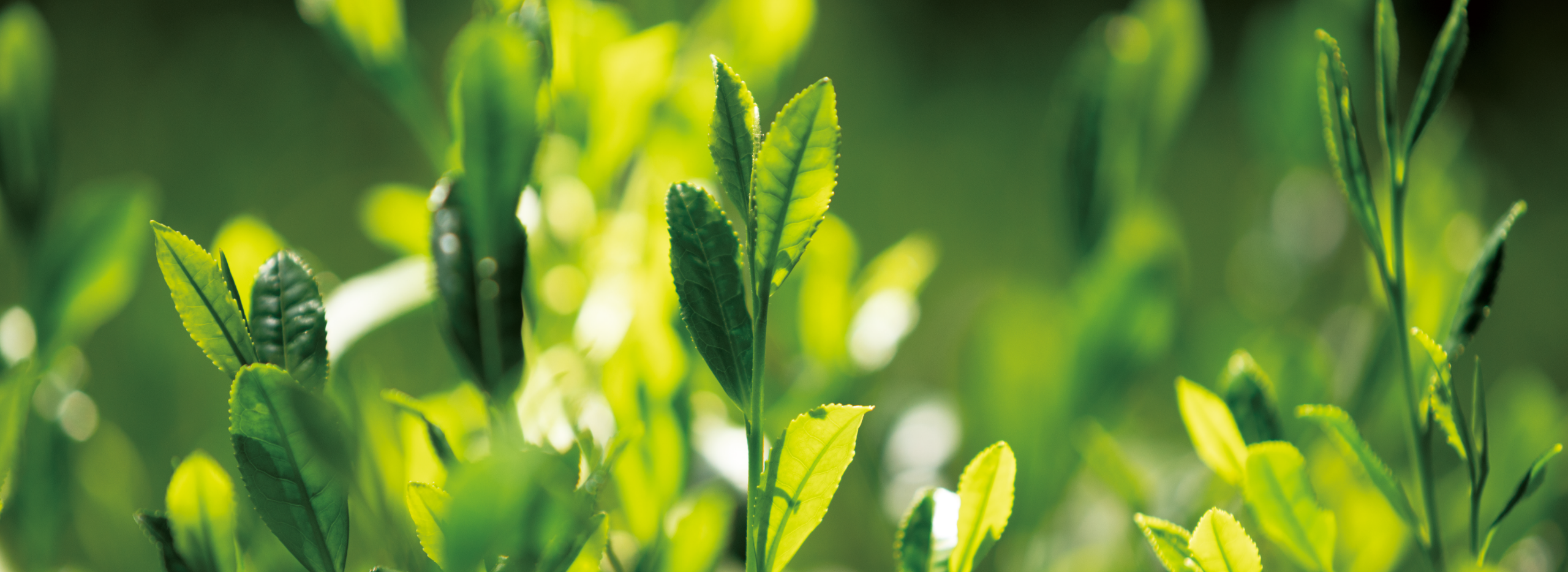
進化し続ける抹茶のカフェ
A café that continues to evolve
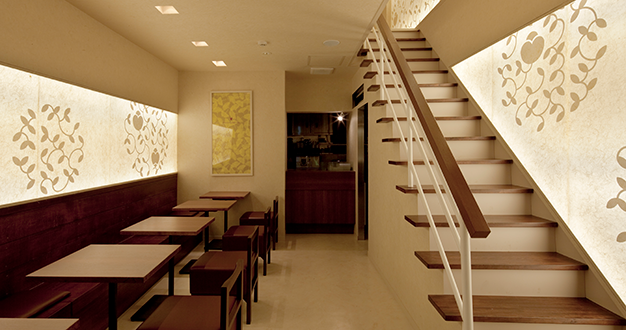
誰もやっていない
カフェを作ろう
A café that cannot be found anywhere else
1999年ごろ、抹茶や日本茶を専門とするカフェはまだなく、主流はコーヒーチェーン店でした。それでも、温泉街では、老若男女問わず団子や抹茶の店に行列をなす光景もしばしば。それを目にした創業者は「抹茶のカフェを作ろう」と思い立ちます。その後、多くの人の縁に助けられながら、前身となるグリーンティーカフェを開業。そして2006年、横浜赤レンガ倉庫にnana’s green tea 一号店をオープンしました。
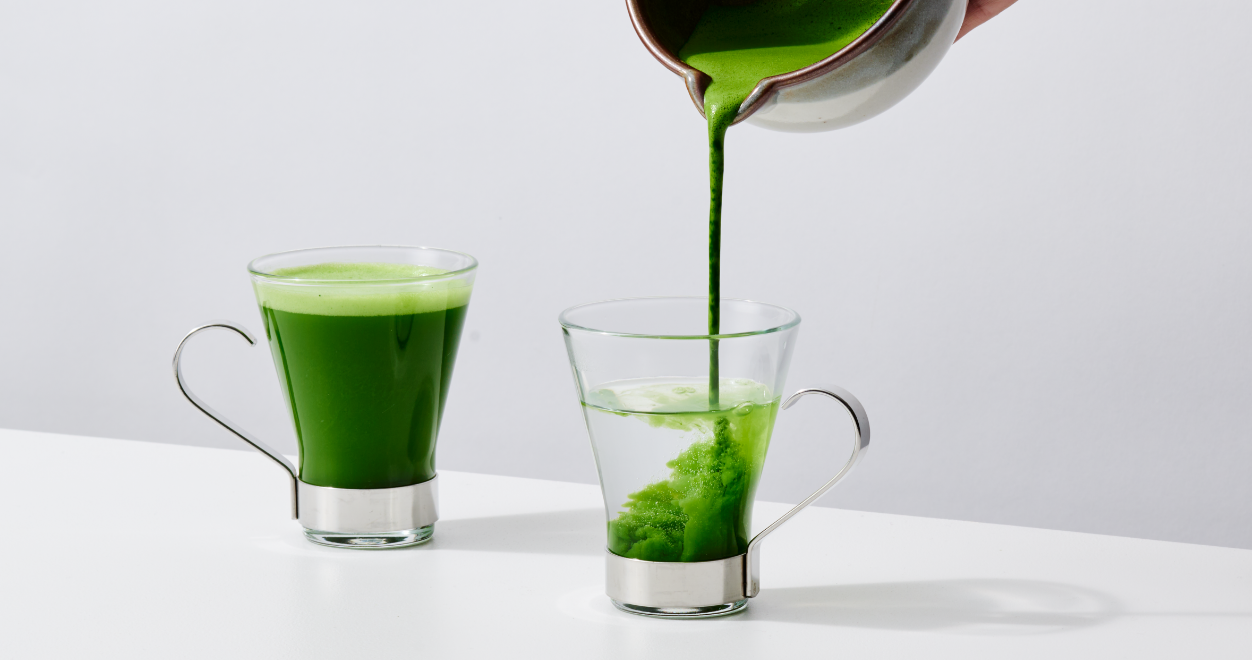
日本の食文化を次の世代へ
Pass down Japanese food culture from one generation to the next
その昔、中国から日本へ持ち込まれたお茶は、薬として服用されていました。その効能や美味しさは多くの人の心を惹きつけ、現代に至るまで、私たちの生活を豊かに彩っています。
健康のみなもとは食事であると、私たちは考えています。日本で受け継がれてきた食文化を、現在の生活の中でも楽しんで味わうために。nana’s green teaはライフスタイルの変化にあわせて、進化するカフェであり続けます。
健康のみなもとは食事であると、私たちは考えています。日本で受け継がれてきた食文化を、現在の生活の中でも楽しんで味わうために。nana’s green teaはライフスタイルの変化にあわせて、進化するカフェであり続けます。
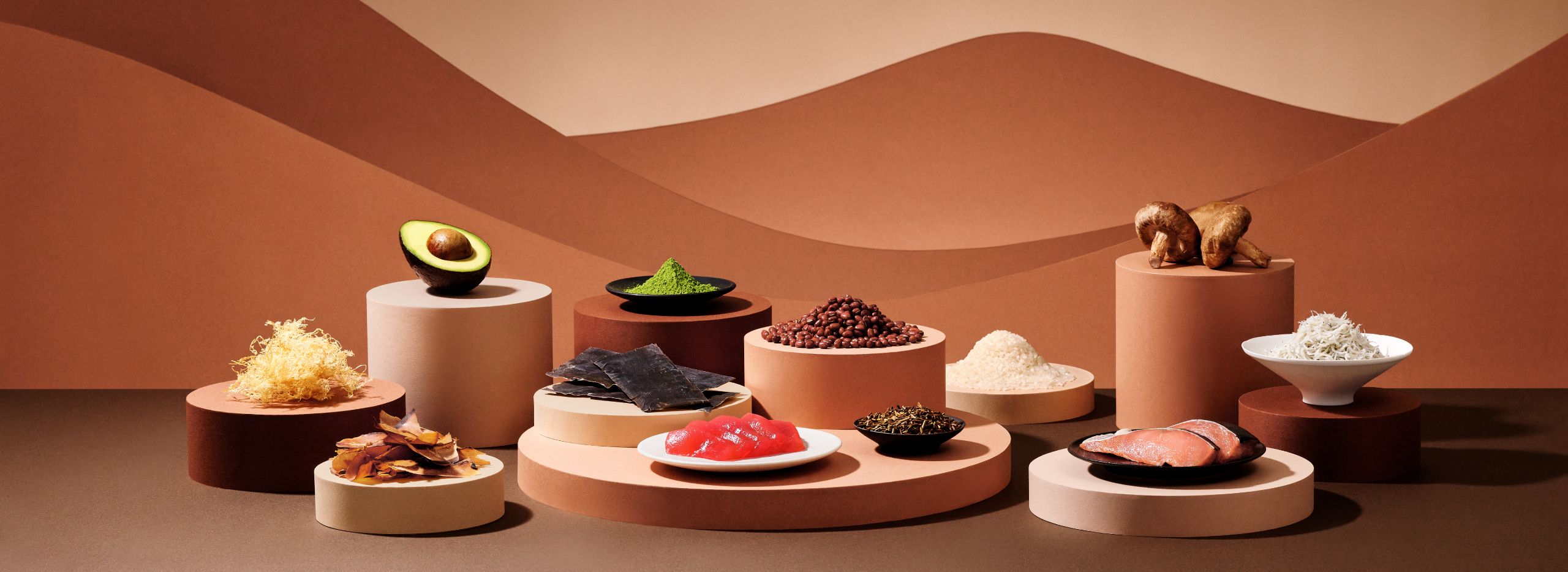
生産者とのつながり
Connections with Producers
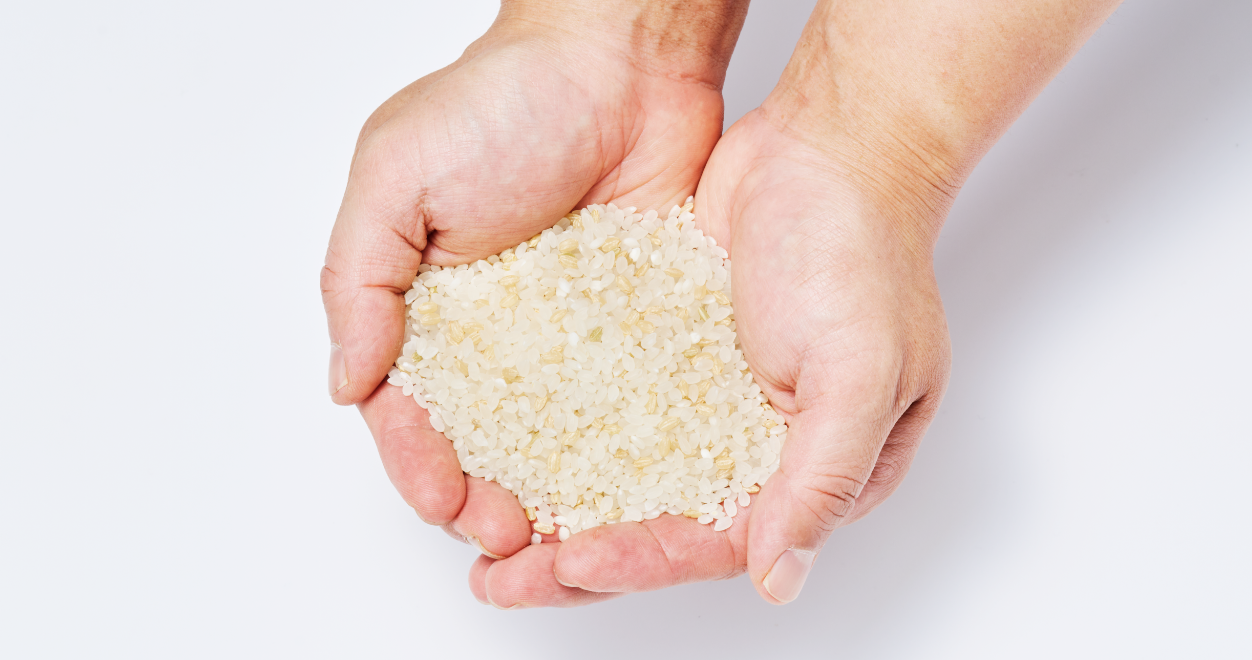
自然の恵みをいただく
Taste the flavor of the blessings of nature
群馬県にある浦部農園では、有機・無農薬にてお米を栽培しています。
有機栽培は土づくりが基本。
その土地の気候風土にあった肥料を使い、より豊かでミネラル豊富な土壌を形成していきます。
太陽や風、大地、水など、自然の恵みをめいっぱい受けた稲は、ひと粒ひと粒がしっかりとしたお米に育ち、生命力にあふれています。
農薬や化学肥料を使用しないため、栽培に手間とコストはかかりますが、食の安心・安全を求めた方法で育まれたお米は私たちの健康のみなもととなり、健やかな生活を支えます。
有機栽培は土づくりが基本。
その土地の気候風土にあった肥料を使い、より豊かでミネラル豊富な土壌を形成していきます。
太陽や風、大地、水など、自然の恵みをめいっぱい受けた稲は、ひと粒ひと粒がしっかりとしたお米に育ち、生命力にあふれています。
農薬や化学肥料を使用しないため、栽培に手間とコストはかかりますが、食の安心・安全を求めた方法で育まれたお米は私たちの健康のみなもととなり、健やかな生活を支えます。
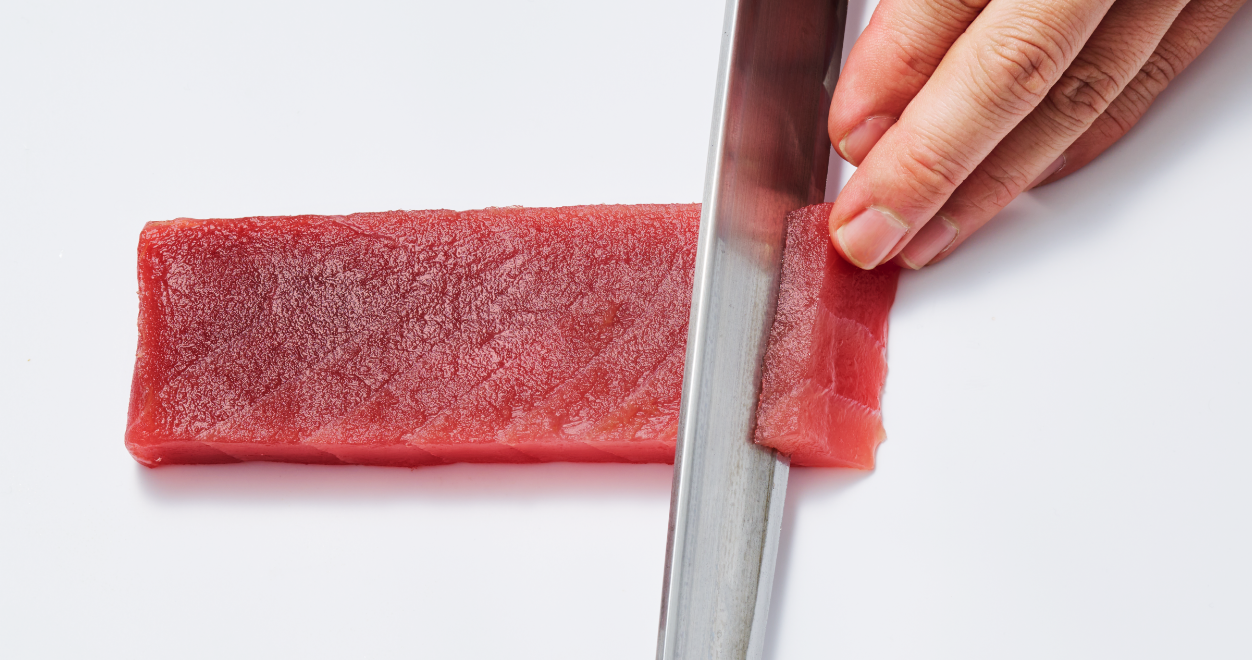
伝統漁法と最新の技術
A traditional fishing method and cutting-edge technology
和歌山県・那智勝浦港では、延縄(はえなわ)漁で獲られた魚のみを扱っています。古くからの漁法は、縄を沈める水深を変えることで捕獲対象を絞ることができ、必要以上に魚を捕獲することがありません。今ある食文化を、次の世代も楽しめるように。私たちは、限りある海の資源を守ることも大切にしています。
また、船上で活け締めした鮪は冷水保温で港に持ち帰り、特殊な最新技術を使って瞬間冷凍。
新鮮な生鮪の風味と食感をそのままお届けいたします。
また、船上で活け締めした鮪は冷水保温で港に持ち帰り、特殊な最新技術を使って瞬間冷凍。
新鮮な生鮪の風味と食感をそのままお届けいたします。

心をこめた本物の味
Genuine flavor achieved with great care
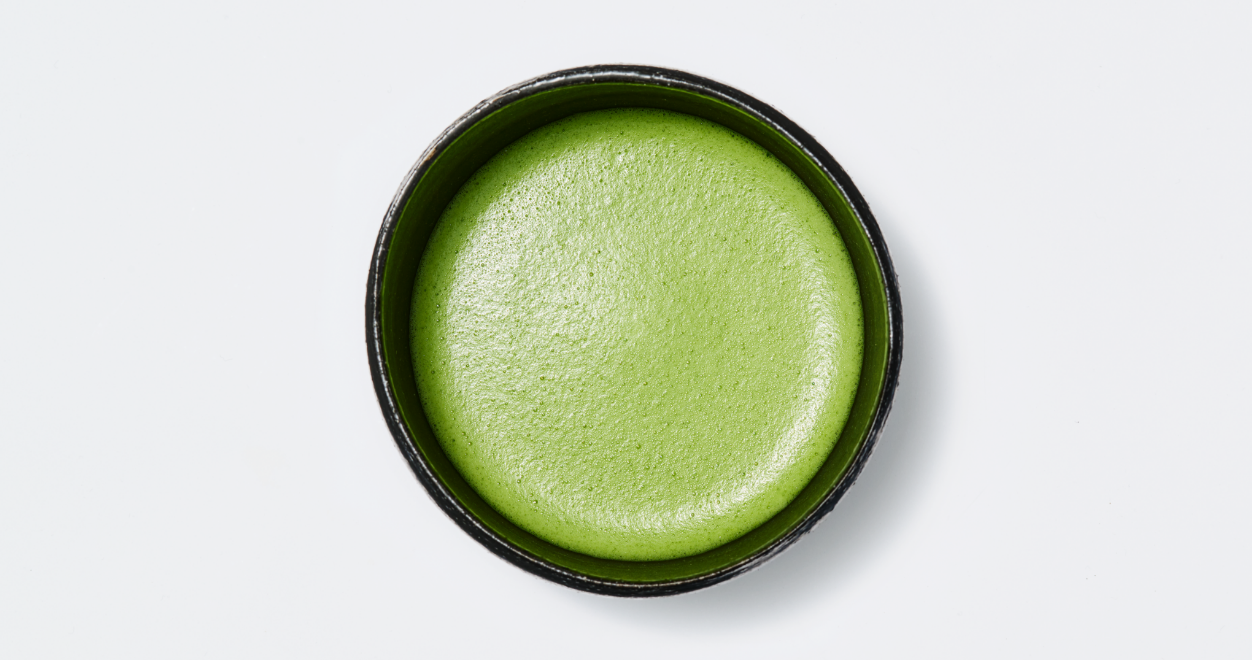
オリジナルの合組
Original blend tea
私たちが提供する抹茶は、改良を幾度も重ねたオリジナルの合組。爽やかな苦み・青々しい香りを感じつつ、まろやかな口当たりが特徴です。
江戸時代より受け継がれる技術と職人の磨き抜かれた感性、たくさんの人のかける手間ひまが、お茶の葉を抹茶に仕上げていきます。抹茶は「日本のエスプレッソ」であり、日本を代表する食文化のひとつです。
お茶農家から茶師、職人たち、お店のスタッフまで、たくさんの人々の真心がこもった抹茶が、私たちの”本物の味”です。
江戸時代より受け継がれる技術と職人の磨き抜かれた感性、たくさんの人のかける手間ひまが、お茶の葉を抹茶に仕上げていきます。抹茶は「日本のエスプレッソ」であり、日本を代表する食文化のひとつです。
お茶農家から茶師、職人たち、お店のスタッフまで、たくさんの人々の真心がこもった抹茶が、私たちの”本物の味”です。
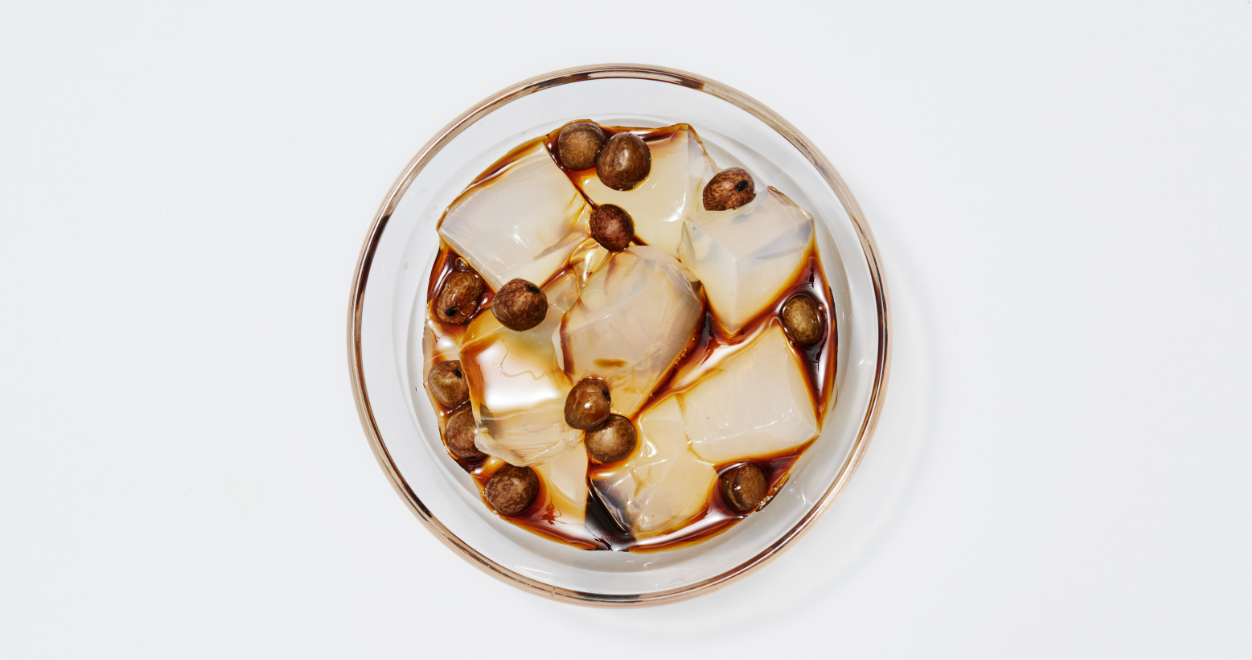
変わらない味、変わらない製法
Taste and production method that remain unchanged
寒天の原料は、国産の「天草(てんぐさ)」という海藻。まだ気温の低い夜明け前、天草を大きな釜に入れ、休みなくかき混ぜながら炊くことから寒天作りは始まります。寒天の歯ごたえと海で育まれた豊かな風味は、75年以上もの間、変わらない製法によって守られています。
丁寧に作られたものを、いちばん美味しい状態でお届けしたい。そのため、お店に届く寒天には保存料を使用していません。職人の想いもそのままに、お客様へお届けします。
丁寧に作られたものを、いちばん美味しい状態でお届けしたい。そのため、お店に届く寒天には保存料を使用していません。職人の想いもそのままに、お客様へお届けします。
抹茶ができるまで
-
01.育成
01. Training.


1年かけて枝葉を成長させる。
-
02.茶摘み
02. tea picking


新芽だけを丁寧に摘み取っていく。
-
03.蒸器
03. steamer


蒸器で蒸して発酵を止める。
-
04.熟成
04. maturing


低温除湿で熟成させ、香りと味に深みをつける。
-
05.挽臼
05. grinding mill

石臼で挽いて抹茶に仕上げる。
-
06.完成
06. completion


手間ひまをかけて、1服の抹茶ができあがる。
mail magazine
メールマガジン登録(PCメール推奨)
クーポンやお得な情報をお届けします。







